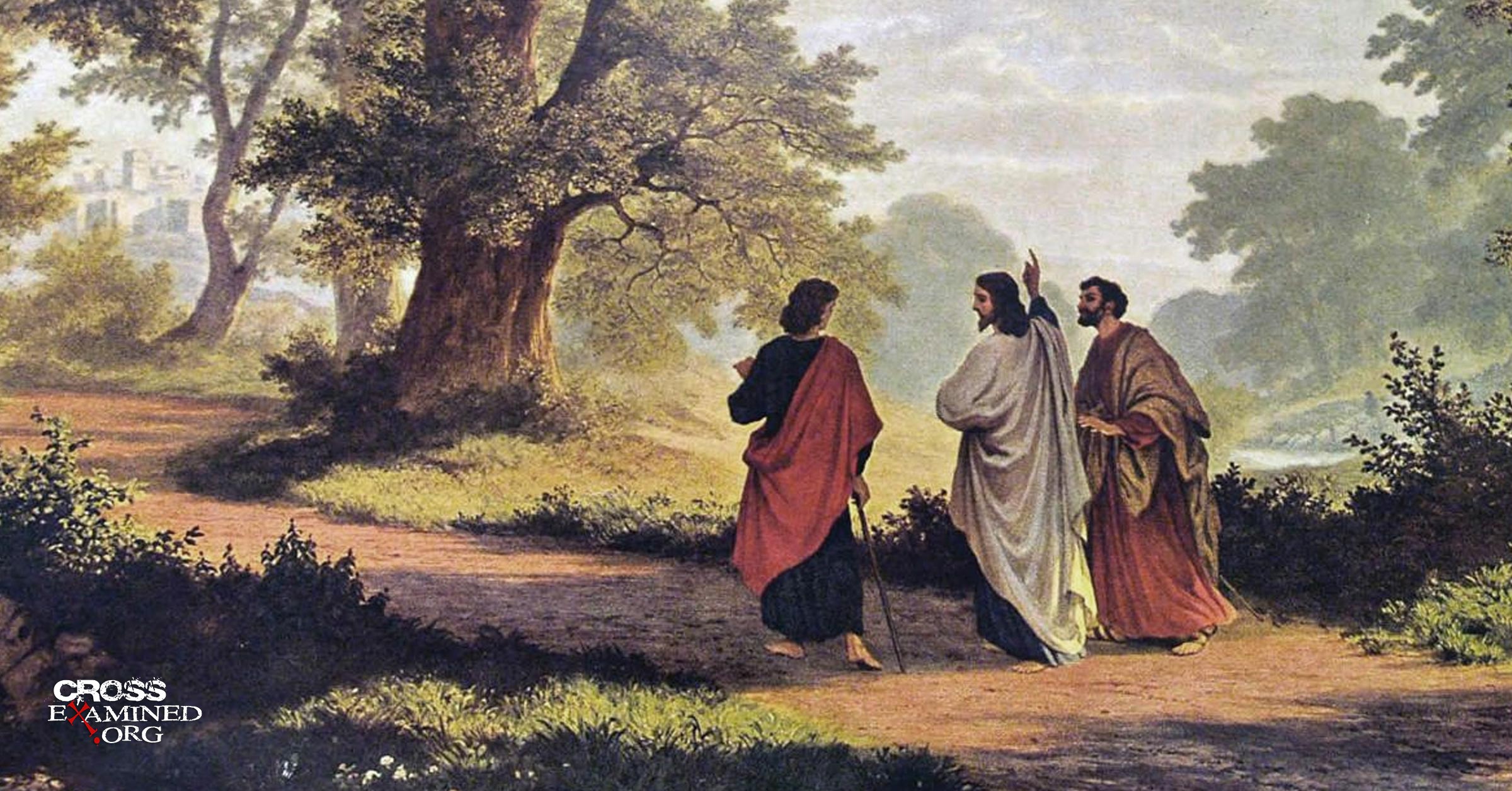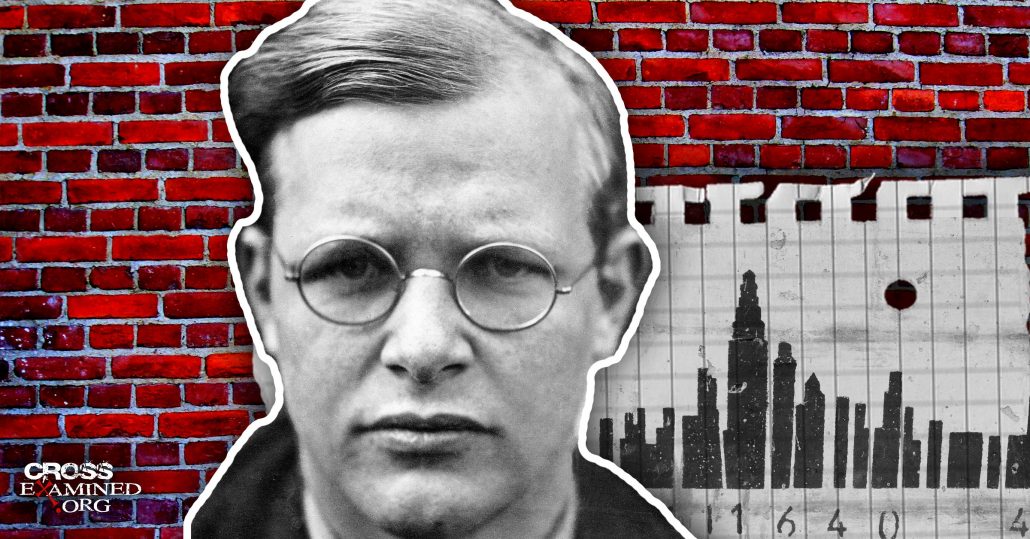Resurrection Defense Series: Early Eyewitness Testimony and the Failure of Hallucinations to Account for Them
Regardless of whether an event is recent or of antiquity, the researched event holds greater historical probability if it holds a higher number of eyewitnesses. The more eyes on the event, the greater chance the historian has in understanding what transpired. When it comes to the resurrection of Jesus, numerous individuals encountered the risen Jesus in a variety of locations and over the course of 40 days (Acts 1:3). The number of witnesses is recorded in an early creed which is accepted by even critical scholars. Even Bart Ehrman, Rudolf Bultmann, and Gerd Ludemann—individuals who are highly skeptical of biblical claims—accept the credibility of the early NT creeds, which includes 1 Corinthians 15:3-9 (Bultmann, NTT, 42; Ehrman, Forged, 92-93; Ludemann, Paulus, 142). The creed of 1 Corinthians 15 represents material that Paul obtained from the early Christian leaders in Jerusalem when he met with them a few years after his conversion. NT scholar Luke Timothy Johnson notes that “the most critical historian can affirm without hesitation. Can anyone doubt, for example … a meeting between Paul and the Jerusalem Church leadership concerning the legitimacy of the gentile mission” (Johnson, Real Jesus, 103)? How many witnesses are listed in the earliest material? Furthermore, is it possible that the groups of individuals listed could have had a hallucination?
The Early Witnesses
Examining the 1 Corinthians 15 creed, the following individuals are listed: Peter, as noted by his Aramaic name Cephas; the twelve disciples; over five hundred believers; James the brother of Jesus; and Paul. Thus far, the number is up to 514. The Gospels note that the women also served as eyewitnesses of the risen Jesus which included Mary Magdalene, Mary the mother of James, Salome, Joanna, and other unnamed women (Luke 24:10). This adds at least 5 witnesses. If Mary the mother of Jesus is not the same as Mary the mother of James, one could assuredly add her to the list. If Jesus appeared to James and the other disciples, he certainly would have appeared to his mother also. Thus, an additional person could be added making 6 people added to the running tally equaling 520. Luke also adds Cleopas and another disciple, perhaps his wife, to the list of witnesses when they met Jesus on the Road to Emmaus (Luke 24:18-35). The additional two witnesses increase the total to 522. Matthew and Luke add two other times when numerous witnesses saw the risen Jesus at the same time. Matthew 28 denotes an occasion where the risen Jesus taught a large crowd in Galilee when he provided the Great Commission (Matt. 28:16-20) While the eleven disciples are mentioned, the text leaves open the possibility that Jesus communicates to a group as he notes that some among them doubted. In Acts, Luke records the ascension of the risen Jesus which was encountered by a large group that witnessed his ascension from the Mount of Olives near Jerusalem. Given that this was a public event, many others may have seen Jesus. While 521 are specifically identified and the addition of Mary the mother of Jesus making the number 522, it is possible that the NT could refer to over a thousand people witnessing the risen Jesus given the possibility that 1) women may not be included in the 500 number in 1 Corinthians 15, and 2) that large groups of an unidentifiable number witnessed Jesus on separate occasions. Given that Jesus had previously ordained 70 to go out two-by-two, most assuredly they would have seen the risen Jesus as well if they were not included in the previous lists.
Impossibility of the Hallucination Theory to Explain
As noted, the NT provides solid reasons for believing that numerous people witnessed Jesus over a span of 40 days. However, the skeptic will counter by saying that the disciples merely had a hallucination which led them to believe that Jesus had risen. The hallucination theory fails on several accounts.
- The disciples do not hold the traits of those who hallucinate. Those who hallucinate are either induced by drugs, have a mental illness, or are deprived. However, none of the disciples exhibited these characteristics.
- The empty tomb does not permit the hallucination theory as an acceptable alternative. All that would be necessary would be the presentation of the dead body of Jesus, but this never happened. The tomb was still found empty in Jerusalem.
- The resurrection appearances occurred in different places and by different means (e.g., some occurred indoors while others occurred outdoors, some occurred while standing while others appeared while seated). The disciples would not be in the proper frame of mind for a mass hallucination.
- Hallucinations do not normally stop suddenly. Yet the resurrection appearances stopped after 40 days.
- The disciples were not anticipating a resurrection event. Thus, the hallucination would have made no sense to the disciples.
- Some of the disciples physically touched Jesus (Luke 24:38-40; John 20:24-25) which debunks the possibility of a hallucination.
- Hallucinations are individualized events that occur internally and cannot occur in groups. Illusions can occur in groups, hallucinations cannot.
- Hallucinations do not account for the enemies of Jesus (i.e., James and John) becoming disciples. If they were hallucinating, they would not have been transformed by the experience. Additionally, the empty tomb would have further debunked the experience.
- Hallucinations are relatively rare. As such, they cannot account for the numerous individuals who had the experiences.
- Even with people who have drug-induced hallucinations, the person can normally tell that a hallucination is a falsified event compared to items known to be real.
Conclusion
The numerous eyewitnesses of the risen Jesus cannot be attributed to hallucinations or even the development of legendary material. It is believed that the early creeds, including 1 Corinthians 15:3-9 could date to as early as a few months after the resurrection of Jesus and no later than AD 35. The evidence is so strong that early eyewitnesses encountered something that transformed them that it is included in Gary Habermas’s minimal facts. Habermas’s list of minimal facts is data concerning Jesus that are held to over 90% of scholarship, both progressive and conservative alike. Not only this, Richard Bauckham notes given the early nature of the NT creeds that “The earliest Christology was already the highest Christology” (Bauckham, Jesus and the God of Israel, x). Therefore, neither legendary material nor hallucinations account for these eyewitness encounters. The best interpretation is that Jesus literally rose from the dead and appeared to the numerous individuals who encountered him. These resurrection encounters transformed the witnesses to the point that they were willing to die for what they knew to be true—that Jesus has indeed risen!
Sources
Bauckham, Richard. Jesus and the God of Israel: God Crucified and Other Studies on the New Testament Christology of Divine Identity. Grand Rapids, MI: Eerdmans, 2008.
Bultmann, Rudolf. New Testament Theology. Volume One. New York: Charles Sribner’s Sons, 1951.
Ehrman, Bart. Forged: Writing in the Name of God – Why the Bible’s Authors Are Not Who We Think They Are. New York: Harper One, 2011.
Johnson, Luke Timothy. The Real Jesus. San Francisco, CA: Harper San Francisco, 1996.
Lüdemann, Gerd. Paulus, der Grunder des Christentums. Lüneburg: zu Klampen, 2001.
Recommended resources related to the topic:
Early Evidence for the Resurrection by Dr. Gary Habermas (DVD), (Mp3) and (Mp4)
Cold Case Resurrection Set by J. Warner Wallace (books)
Jesus, You and the Essentials of Christianity – Episode 14 Video DOWNLOAD by Frank Turek (DVD)
The Footsteps of the Apostle Paul (mp4 Download), (DVD) by Dr. Frank Turek
__________________________________________________________________________________________________________________________________________________
Brian G. Chilton is the founder of BellatorChristi.com, the host of The Bellator Christi Podcast, and the author of the Layman’s Manual on Christian Apologetics. Brian is a Ph.D. Candidate of the Theology and Apologetics program at Liberty University. He received his Master of Divinity in Theology from Liberty University (with high distinction); his Bachelor of Science in Religious Studies and Philosophy from Gardner-Webb University (with honors); and received certification in Christian Apologetics from Biola University. Brian is enrolled in the Ph.D. program in Theology and Apologetics at Liberty University and is a member of the Evangelical Theological Society and the Evangelical Philosophical Society. Brian has served in pastoral ministry for nearly 20 years. He currently serves as a clinical chaplain.
Original Blog Source: https://cutt.ly/qvGz9A5











